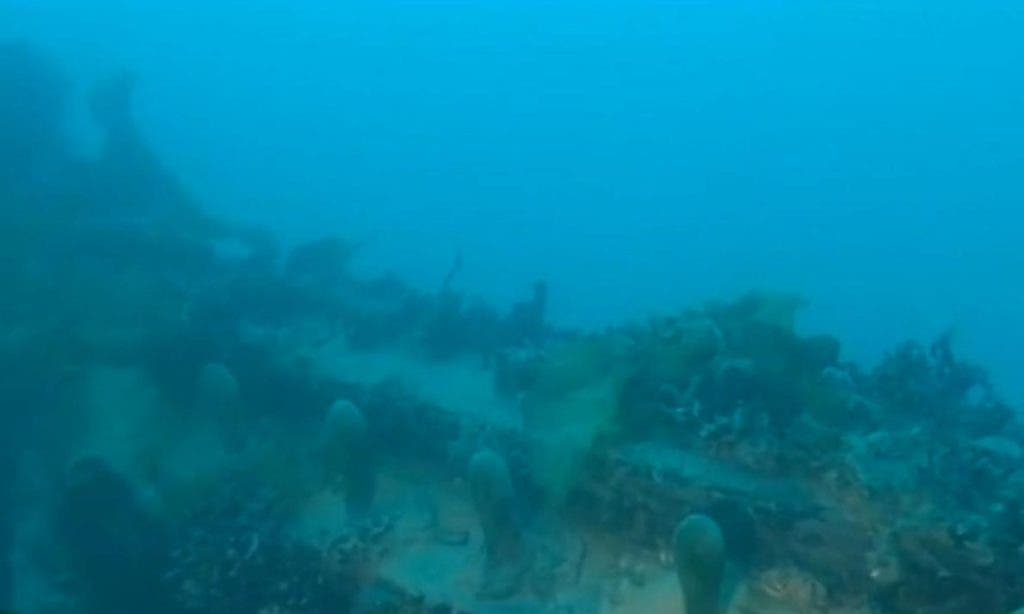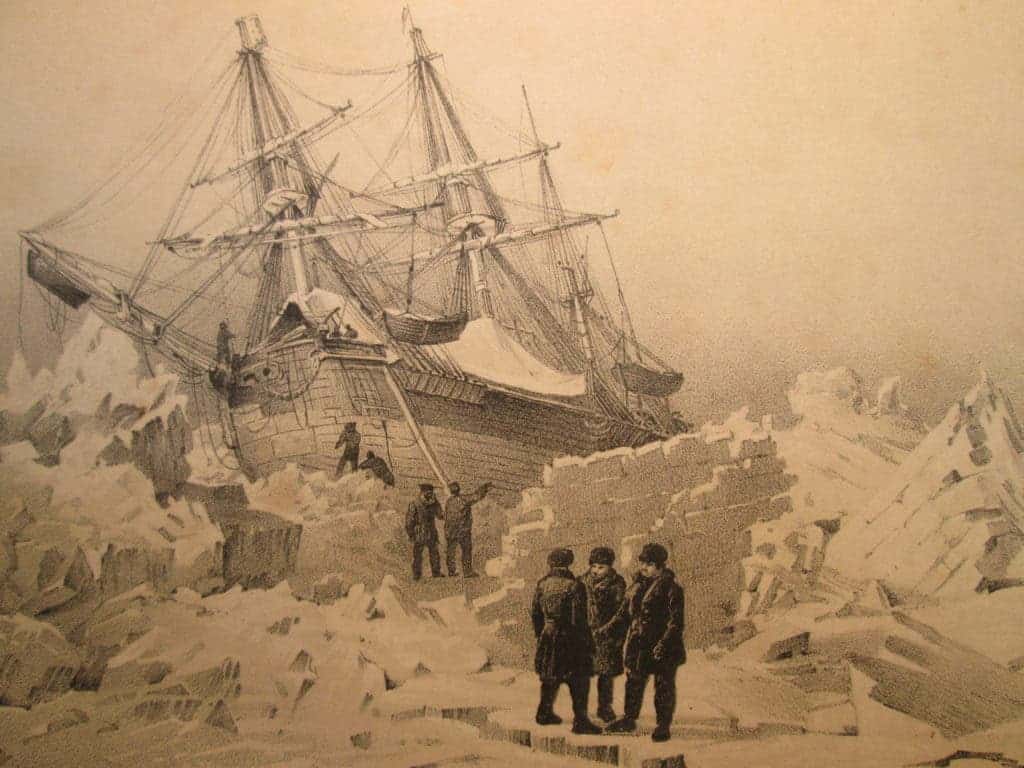Searches in the Canadian Arctic have located the H.M.S. Terror, which mysteriously disappeared 168 years ago. The ship was found in pristine condition at the bottom of a bay.

The HMS Terror was a bomb vessel constructed for the British Royal Navy in 1813, fighting against the United States in the War of 1812 (yes, the war of 1812 lasted until 1815). After the war and some rather unfortunate events which led to a lee shore near Lisbon, Portugal, the ship was withdrawn from service and refitted for Arctic exploration. The ship was eventually given to Sir John Franklin but it suffered a grim fate: it disappeared without a trace, with none of the 129 crewmembers making it back home. It was the biggest disaster in Britain’s long Arctic exploration history, and one of the biggest mysteries in the Arctic.
Search parties looked for the ship for 11 years, but found nothing. No one knew anything of the HMS Terror’s whereabouts until now.
The ship was found thanks to an improbable tip from an Inuk crewmember, which fueled another improbable exploration. Sammy Kogvik, an Inuit hunter and a member of an Arctic component of the Canadian Armed Forces saw something strange during a mission seven years ago: a wooden pole sticking out from the ice. Despite not having any evidence, his colleagues believed him and a team from the charitable research foundation was assembled. Ultimately, they managed to not only find the ship, but also maneuver a remotely operated vehicle through an open hatch and into the ship, taking some remarkable photos in the process.
“We have successfully entered the mess hall, worked our way into a few cabins and found the food storage room with plates and one can on the shelves,” Adrian Schimnowski, the foundation’s operations director, told the Guardian by email from the research vessel Martin Bergmann.
“We spotted two wine bottles, tables and empty shelving. Found a desk with open drawers with something in the back corner of the drawer.”

The ship suffered surprisingly little damage in the almost two centuries it’s been submerged under water. The wreck is in such a good shape that the panes are still in three of four tall windows in the stern cabin of the ship’s commander.
“This vessel looks like it was buttoned down tight for winter and it sank,” he said. “Everything was shut. Even the windows are still intact. If you could lift this boat out of the water, and pump the water out, it would probably float.”
Schminowski believes the crew was caught by winter and they prepared for the brutal Arctic season aboard the ship, in part because of a long, heavy rope line which runs through a hole in the ship’s deck. This suggests an anchor line may have been deployed before the Terror went down.
“Everything is still the way it should have been left,” he says.
Then at some point, “the crew seem to have taken their belongings off the Terror and re-manned the Erebus.” The Erebus was the Terror’s companion ship. It’s not clear what led to this decision, but it seems that after being abandoned, the HMS Terror was re-manned – or at least an attempt was done to re-man it. The likely story seems to be a tragic one: after abandoning the ship and attempting to escape south, the crewmembers returned and prepared for winter, but ultimately succombed to the ungodly Arctic temperatures.
An Inuit story mentions the abandoned ship, as well as a campsite, a tent, and a number of both bodies and grave nearby the bay, but nothing has been found yet. An archaeological mission is now being planned to better understand what happened to the ship and its men.


